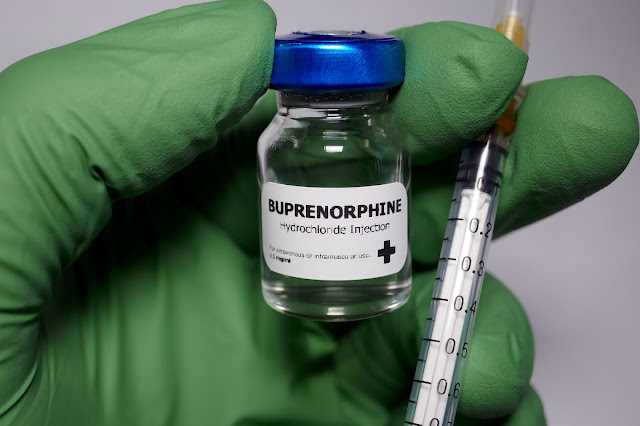Growing Opioid Addiction And Increasing Research On Novel Drug Delivery Systems
The buprenorphine market is estimated to be valued at US$ 3,681.9 million in 2022 and is expected to exhibit a CAGR of 14.5% over the forecast period 2023-2030, as highlighted in a new report published by Coherent Market Insights.
Market Overview:
Buprenorphine is a partial opioid agonist used to treat opioid addiction and pain management. It works by binding to the same receptor sites in the brain as opioids, reducing cravings and withdrawal symptoms. Buprenorphine products are available as sublingual tablets, buccal films, and subdermal implants for the treatment of opioid dependence. The sublingual and buccal formulations provide flexible dosing options for patients while the subdermal implants offer medication delivery for six months, increasing treatment adherence.
Market Dynamics:
Growing rates of opioid addiction across North America and Europe are driving the demand for medication-assisted treatment with buprenorphine. According to the United Nations Office on Drugs and Crime, in 2019 there were approximately 11.4 million illicit opioid users worldwide. Furthermore, rising investments by market players in developing novel drug delivery systems such as monthly subdermal implants are expanding the consumer base. Siegfried has collaborated with Titan Pharmaceuticals to develop and manufacture Probuphine, a 6-month subdermal implant for opioid dependence. Noramco is focusing on developing polymers and formulations to design extended-release subdermal implant systems. Growing research into advanced delivery technologies is aimed at improving treatment outcomes and convenience for patients suffering from opioid use disorder. Additionally, increasing awareness about opioid addiction as a chronic disease
SWOT Analysis
Strength: Buprenorphine has proven efficacy in treating opioid addiction with a reduced risk of overdose compared to other opioids. It also provides relief from withdrawal symptoms. The market has witnessed growth in generic formulations which helps reduce treatment costs.
Weakness: Buprenorphine treatment carries the risk of diversion and misuse by individuals struggling with opioid addiction. There are also concerns of it still producing dependency in chronic users.
Opportunity: Increasing prevalence of opioid addiction driven by prescription drug abuse represents a substantial commercial opportunity. Growing awareness about medication-assisted treatment also favors demand.
Threats: Strict regulations around the use of opioids may impede market growth. Development of new non-opioid treatment options can potentially take market share away from buprenorphine over the long run.
Key Takeaways
The Global Buprenorphine Market Demand is expected to witness high growth, exhibiting CAGR of 14.5% over the forecast period, due to increasing prevalence of opioid addiction across major markets. According to the UNODC, around 34 million people suffered from opioid use disorders globally in 2020.
The United States represents the most dominant as well as fastest growing regional market currently. Government initiatives to increase access to MAT drugs and coverage under Medicaid/Medicare have boosted adoption rates. In 2020, the US buprenorphine market was valued at $3,681.9 million.
Key players operating in the buprenorphine market are Siegfried, Sanofi, Johnson Matthey, Mallinckrodt, Noramco, Unichem Laboratories, Arevipharma GmbH, Resonance-labs, Sun Pharmaceutical Industries Ltd., Rusan Pharma, Micro Orgo Chem, and Faran Shimi Pharmaceutical Co. These players are focused on expanding generic product portfolios and improving geographical presence in high growth markets.
Read more: https://www.trendingwebwire.com/buprenorphine-market-forecast-trends/



Comments
Post a Comment